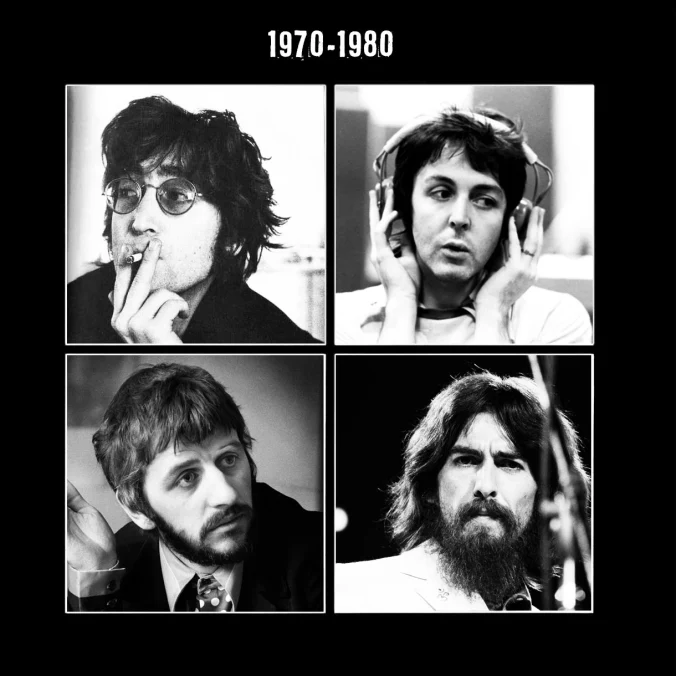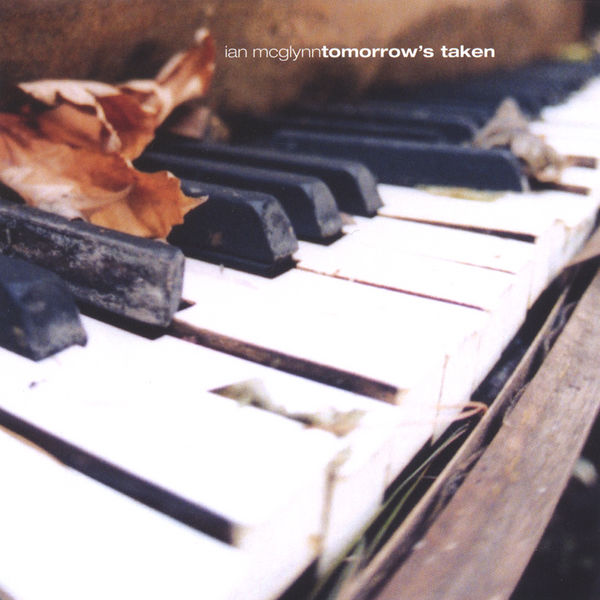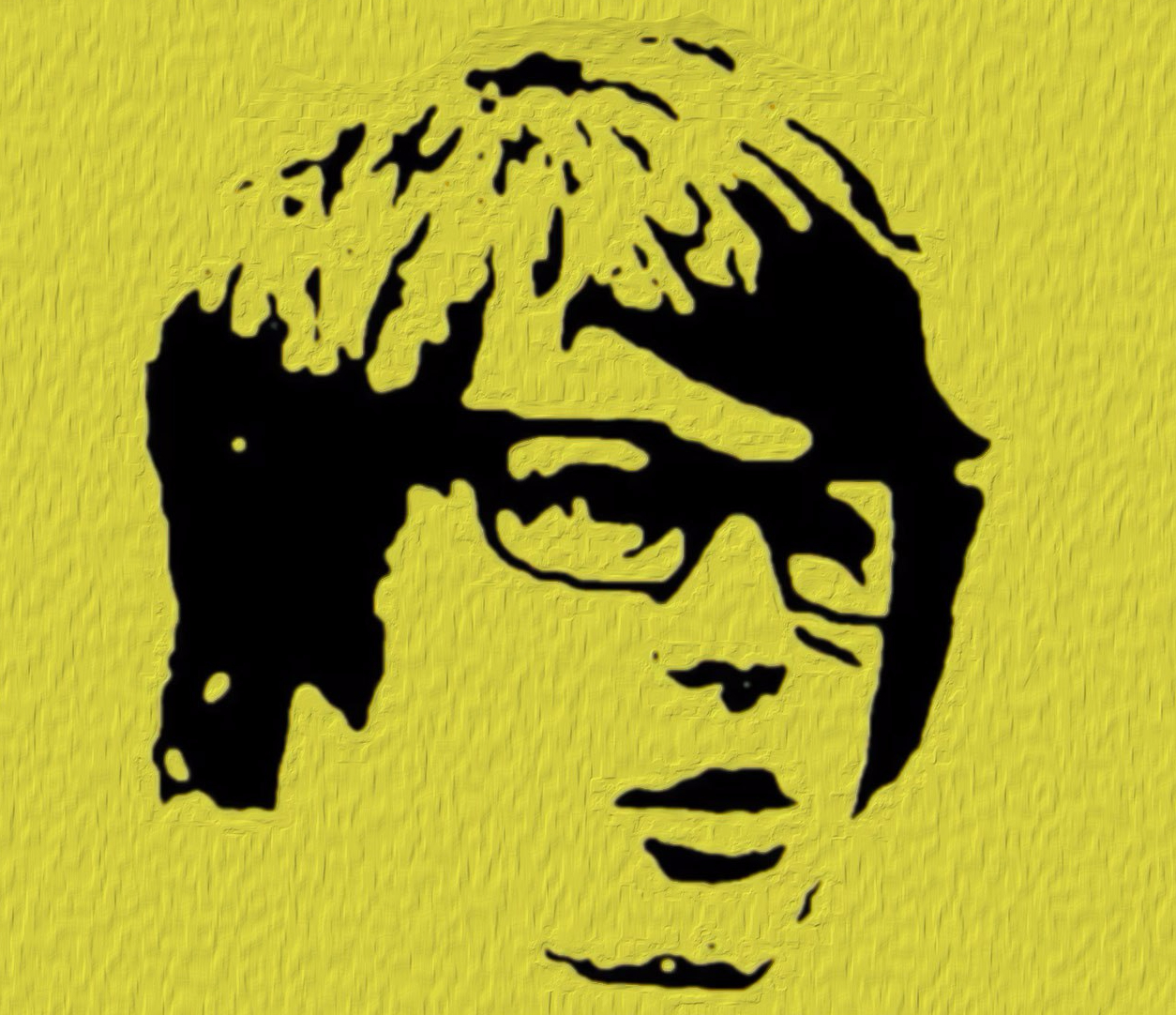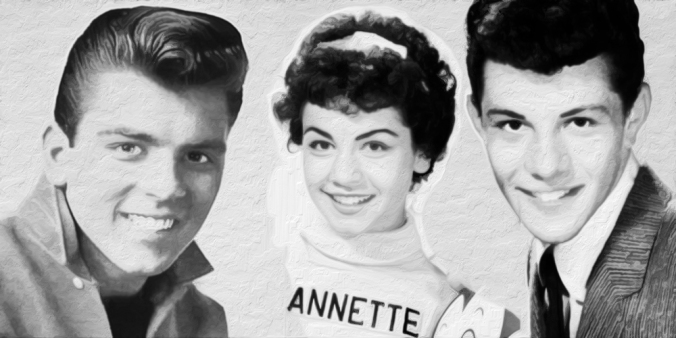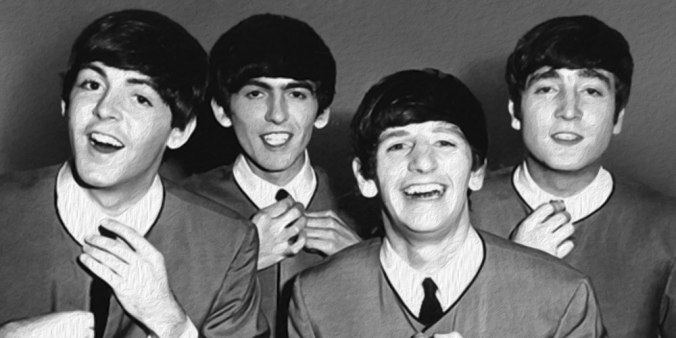Let’s dive into the long and curious history of the Beatles’ Across the Universe. The song has always held a special place for me because it was the song that opened my eyes (and ears) to the magical world of the Beatles. I was familiar with the songs I heard on the oldies station growing up, and my parents had the red (1962-1966) cassette which we often listened to on road trips. But it wasn’t until my 5th grade best friend, who was Beatles obsessed, sat me down and played me the Past Masters Vol 2 version of Across the Universe that the Beatles became a personal thing for me. My young ears had never heard anything like this before. It felt cinematic, and mystical, and so far removed from pop music I was familiar with. To this day, the song still holds so much mystery and magic to me. It’s one of the very few songs in the Beatles’ canon that doesn’t have a true “definitive” version. It was attempted a number of times, released twice during the band’s active years, with two more “official” versions since the band’s breakup. John Lennon called Across the Universe one of his favorite songs he ever wrote, but even in his last interviews before his death he was still lamenting his dissatisfaction with how the Beatles’ version(s) turned out.
The Official Versions
Without getting into all the variations of stereo and mono based on the same recording (you can easily find that info on Wikipedia or various Beatles fan sites) these are the 4 official versions, which all stem from the February 1968 sessions.
December 1969: “No One’s Gonna Change Our World” Wildlife Fund Compilation. This is the first appearance of the song. The song was originally conceived at the tail end of the band’s psychedelic era, and thus included many of the hallmarks of that period – eastern instrumentation, including a droning tamboura. Fans hanging outside of the studio, affectionately called “Apple Scruffs” by the band, were brought in to sing harmonies. The song featured bird sound effects, added at the last minute to tie in with the Wildlife Fund compilation. This is the version available on Past Masters. The recording is very noticeably sped up sped up to Eb, from it’s original recording in D.
May 1970: Let It Be album. The original tapes were dusted off by Phil Spector, he slowed the song down to C# – again not presenting it in its original recorded key of D. Stripping the song of most of its eastern influence and the “Apple Scruff” harmonies, Spector gave it the classic Hollywood treatment, adding a choir, harp and string section. Interestingly, the 1974 release “Blue Album (1967-1970)” which was overseen and approved by George Martin used the 1970 Phil Spector version, making it the closest we have to a definitive version.
March 1996: Anthology 2. An alternate take presented in its original key of D.
November 2003: Let it Be… Naked. The original 1968 master, but stripped down to mostly just vocals and acoustic guitar with the tamboura drone, and returned to its original key of D. This version is controversial, at least to me, because it was digitally pitch-corrected. Which is the only instance I’m aware of that they’ve “auto-tuned” The Beatles.
Lennon’s Songwriting Process
John Lennon wrote this song after having an argument with his then-wife, Cynthia. He said, “I was lying next to me first wife in bed, and I was irritated. She must have been going on and on about something and she’d gone to sleep and I kept hearing these words over and over, flowing like an endless stream. I went downstairs and it turned into sort of a cosmic song rather than an irritated song… it drove me out of bed. I didn’t want to write it, but I was slightly irritable and I went downstairs and I couldn’t get to sleep until I’d put it on paper…[The words] were purely inspirational and were given to me as boom! I don’t own it you know; it came through like that.”
Lennon told Rolling Stone in 1970, “It’s one of the best lyrics I’ve written. In fact, it could be the best. It’s good poetry.”
Lennon’s Dissatisfaction with the Beatles Recording(s)
“It was a lousy track of a great song and I was so disappointed by it,” Lennon told David Sheff (author of Lennon book, All We Are Saying). “The song was never done properly. When Phil Spector was brought in to produce Let It Be, he dug it out and overdubbed it. The guitars are out of tune and I’m singing out of tune cause I’m psychologically destroyed and nobody’s supporting me or helping me with it.”
“The original track was a real piece of shit. I was singing out of tune, and instead of getting a decent choir, we got fans from outside. They came in and were singing all off-key. Nobody was interested in doing the tune originally… Spector took the tape and did a damn good job with it”.
Paul McCartney was often the scapegoat when Lennon would complain about the song. It’s a revealing testament to how much Lennon relied on McCartney to bring energy and magic to his songs, that John really wished Paul had put more into “Across the Universe.” You never hear McCartney complain that John didn’t bring enough to one of his songs. In fact, by 1968, John was rarely required to do much to any of Paul’s compositions.
“Paul would … sort of subconsciously try and destroy a great song … usually we’d spend hours doing little detailed cleaning-ups of Paul’s songs; when it came to mine … somehow this atmosphere of looseness and casualness and experimentation would creep in. Subconscious sabotage.” – Playboy 1980
In another interview, he said, “The Beatles didn’t make a good record of it. I think subconsciously sometimes we – I say ‘we’ although I think Paul did it more than the rest of us – Paul would, sort of subconsciously, try and destroy a great song… meaning we’d play experimental games with my great pieces, like ‘Strawberry Fields,’ which I always thought was badly recorded.”
Recording History
The first recordings of the song date back to February 1968, with John competing with Paul for the A-Side of the band’s next single. After losing the battle for the band’s next single to McCartney’s Lady Madonna – and even losing out on the B-side to Harrison’s The Inner Light, Across the Universe eventually found a home almost two years later, in late-1969, as part of the World Wildlife Fund charity album, No One’s Gonna Change Our World.
Although the song well over a year old at this point, and it’s unclear if it was seriously considered for the group’s early 1969 Get Back project (which eventually became the 1970 Let It Be film and album), but because a clip of the band jamming Across the Universe made it into the film, the original master tapes were given to Phil Spector to work on and include in the album/soundtrack. And once again when the “Let It Be… Naked” project came around, that February 1968 master was dusted off once again, even though the song had virtually nothing to do with the Get Back/Let It Be project originally.
Jai Guru Deva Om ???
The refrain “Jai Guru Deva Om” is a mantra intended to lull the mind into a higher consciousness. The words are in Sanskrit, and they mean “I give thanks to Guru Dev,” who was the teacher of The Maharishi. The “Om” at the end is the drawn out “oooohm” used in meditation to relate to the natural vibration of the universe. While visiting the Maharishi in Rishikesh, John purchased a set of brass bracelets with the words “Jai Guru Dev” imprinted on them. The same mantra was used a few years later on The Beach Boys, All This is That (co-written by Mike Love who was at the same India retreat with the Beatles) from 1972’s album, Carl & The Passions.
The Universe is Expanding
The song has had a LONG afterlife….
Important covers:
David Bowie feat John Lennon on acoustic guitar and backing vocals. It appears on Bowie’s 1975 album Young Americans.
Fiona Apple 1998 from Pleasentville.
Rufus Wainwright 2002 I Am Sam soundtrack / Bonus track on Wainwright’s 2002 album, Poses.
This song was the title for the 2007 movie, Across the Universe, which is centered around songs by the Beatles. Across the Universe stars Jim Sturgess and Evan Rachel Wood.
On February 4, 2008 “Across The Universe” became the first track to be beamed directly into space. It was transmitted through NASA’s antenna in the DSN’s Madrid Deep Space Communication Complex, towards the North Star, Polaris, 431 light-years from Earth. The broadcasting of the Fab Four song was done to mark both NASA’s 50th birthday and the 40th anniversary of “Across The Universe.” Paul McCartney described the transmission as an “amazing feat” adding, “Well done, NASA. Send my love to the aliens!”
Here’s a Spotify playlist I’ve created which features all the versions mentioned in this article
Sources:
https://www.beatlesbible.com/songs/across-the-universe/
https://en.wikipedia.org/wiki/Across_the_Universe


